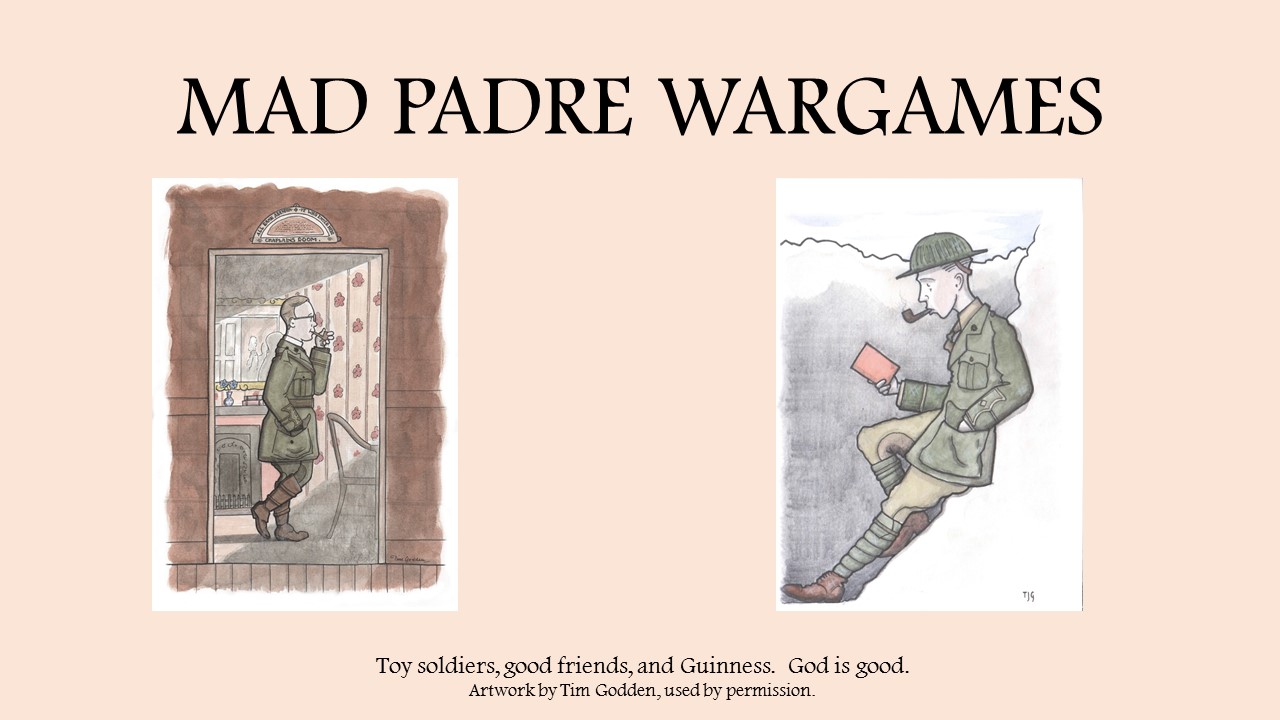Recently I did several posts here describing my new interest in WW2 naval wargaming, and how I picked the 1939 Battle of the River Plate as my entry point.
I was quite interested today to read this evaluation of the British performance in the battle, which naval historian Alan Zimm argues was much less impressive than the myth making and propaganda that arose after the battle. Much of the propaganda told the story of an inferior force defeating a German monster, when in fact the RN ships had a significant advantage due to their much higher rates of fire.
Zimm finds several faults with Commodore Harwood's conduct of the fight, including:
1) sending in Exeter for a one on one fight with Graf Spee, leaving her unsupported by the light cruisers Achilles and Ajax, pursuant to an RN doctrine called flank marking, which assumed that one ship could observe and correct the fire of friendly ships attacking from a different angle;
2) over reliance on pre-war simulations which assumed a much higher RN accuracy of fire than Harwood's light cruisers actually achieved;
3) general mishandling of information, particularly a decision to abort when he was told that he only had 20% ammunition remaining. In fact, this report was only for one of Ajax's turrets, whereas Ajax and Achilles still had more than enough shells remaining to finish the fight. By the time Harwood broke off, his light cruisers were at 8000 yards and closing, and were finally achieving multiple hits, which seriously degraded Graf Spee's gunnery. Zimm believes that Harwood could have won the fight had he remained.
It's all a bit academic, as Graf Spee of course scuttled herself in Montevideo and the British got a huge boost, making up for the RN's poor showing thus far in the war. Whether you agree or disagree with Zimm, his point about how wargaming led the RN to develop faulty gunnery doctrines, based on false assumptions about accuracy at long range, is interesting.
Cheers, MP+


Mike -
ReplyDeleteI have recently read something of the Battle of the River Plate (an account of which I first read when I was a schoolboy). The more recent book, by Richard Woodman, and subtitled 'The Grand Delusion' was first published in 2008. I've had a copy for three or four years now.
I recall from the earlier book that one of the British aims was to split the fire of 'Graf Spee's' main armament, hence the separation of force. According to that story, the ruse was for a while successful, until Graf Spee began concentrating upon HMS Exeter. However, according to the Woodman book, for some time early on in the action, one of the main turrets was out of action owing to some fault that took a while to correct.
Once corrected, the 11-inch shells really knocked Exeter about. Once that vessel had been driven off, HMS Ajax came in for enough attention to knock out two of its four turrets (X and Y). The impression I got from this account was that Graf Spee got tactically the better of the action, but at considerable cost: 60% of its 11-inch stocks used up; damage to the supply for the secondary armament (which, by the way, was itself the rough equivalent of one of the Allied light cruisers), and hull damage that would have made the voyage back to Europe problematic.
The Graf Spee had indeed taken considerable incoming. After all, the Graf Spee's protection wasn't hugely greater than that of the three cruisers.
I reckon Spee got the better of the actual fight. As the day ended, Ajax and Achilles didn't so much chase Graf Spee into Montevideo as follow at a respectful distance. Those 11-inch guns certainly commanded respect as will as forcing the cruisers to keep their distance.
It is my belief that before the day's end Capt Langsdorff knew that his cruise had come to an end. The strategic situation was already decisively against him. Writers make much of their bluff and deception, and maybe they were enough to decide Langsdorff to take the action he did, but I don't reckon it made much real difference - especially once the British representatives in Montevideo had made the legal position clear. Spee needed repair work, that work needed time; and she was not going to get either. But I'll even go so far as to suggest Langsdorff's very decision to make for Montevideo owed itself to his awareness of the dire strategic situation he and his ship was in. Imagine how alone he must have felt!
It makes, withal, a bally interesting action to war game - or at least, some approximations thereof. Twice I have wargamed similar actions:
https://archdukepiccolo.blogspot.com/2019/08/the-fox-and-hounds-battle-of-river.html
and
https://archdukepiccolo.blogspot.com/2024/10/naval-projects-playtest-battle-of.html
Fascinating action!
Cheers,
Ion
All modern "historians" feel they must have something sensational in their book over and above the compulsory rubbishing of previously held views. The end result was GRAF SPEE out of the war. In a previous incarnation I served in a later HMS EXETER; we had an album of photographs of the 1939 ship when she returned to the Dockyard. The damage was horrendous but good professional seamanship got her safely home.
ReplyDeleteIt seems rather easy after the event to criticise, especially as he's essentialy saying that pre war RN doctrine was wrong and that was what was followed, it's surely not the commanders fault that he was operating according doctrine? It was a difficult set up for the light cruisers and they achieved the objective with considerable bravery, perhaps we should leave it at that?
ReplyDeleteBest Iain